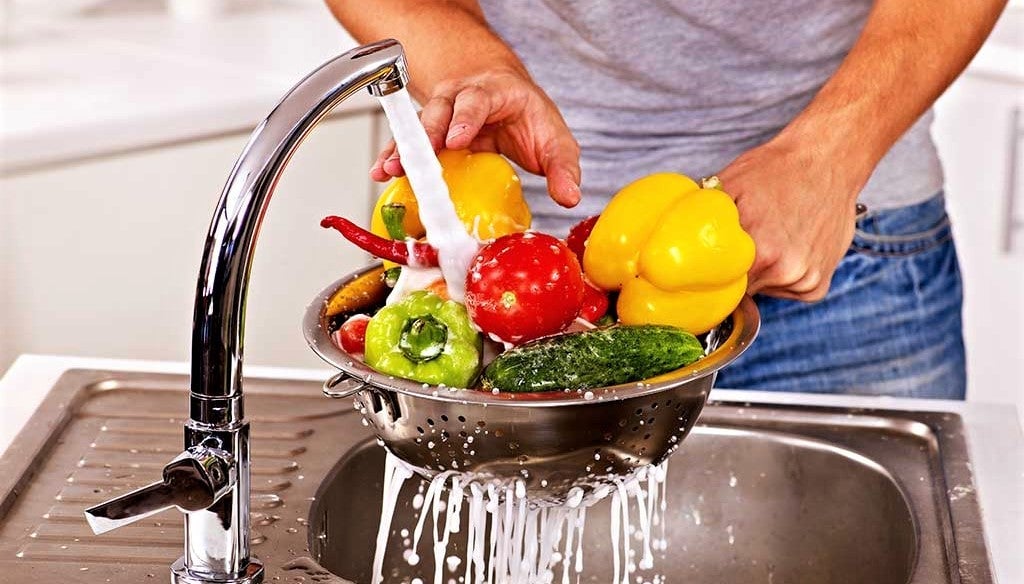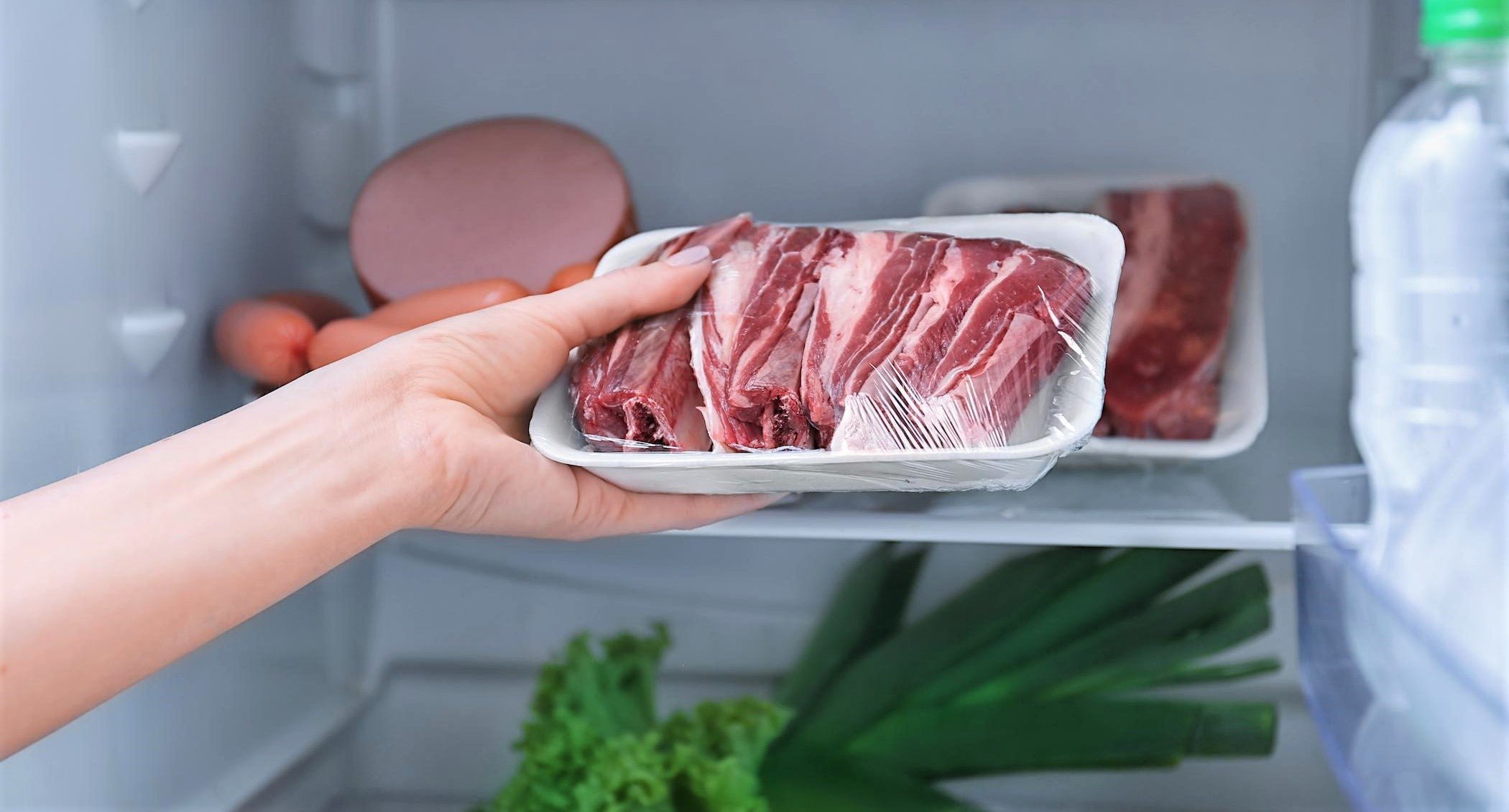Tips on Keeping Safe in the Kitchen During COVID
Over the past 12 months, many of us will have combatted the closure of their favorite restaurants by recreating the dishes they miss most in their own kitchens. Whether you’re trying to liven up your lunches, or grappling with the question of what to eat for dinner, there is no shortage of ways to diversify your meal plans. A great place to start would be to check out some of the 2,600 items of organic produce we have in our online store, bringing you fresh ingredients direct from independent farmers all across California, to get you started on your culinary journey to a healthier and more flavorsome life.
But if your fridge is full and your larder is already stocked, then you can surely get to work in trying out all of the new and exciting recipes you’ve picked up throughout this pandemic. But just because you’re in your own home doesn’t mean you’re totally safe from contamination. Good hygiene in the kitchen has always been a top priority for any chef, but it takes on a whole new level of importance in this current health crisis. To keep you safe in the kitchen, here are some of the top tips to keep in mind.
Thoroughly wash your ingredients
This is particularly important for those who take food delivery instead of putting themselves at risk by purchasing groceries at the local store, especially considering how many times a box of goods may have changed hands. To mitigate the chances of bringing any germs into your home, there are plenty of ways to ensure your cooking practice can be kept as hygienic as possible.
When cleaning your vegetables, add a dash of vinegar to a sink of warm water, as the acidic properties of the vinegar will kill any of the germs which may have attached themselves to your food package. The vinegar will get rid of the worst of the bacteria without totally bleaching the item, as a little bit of soil or organic matter on your ingredients isn’t always such a bad thing – your body is able to build up some natural immunity over time when exposed to small doses of dirt or germs. Finally, to get rid of the sharp taste of the vinegar, rinse the vegetables again in cold water to cool them a little bit after their bath in the sink.

Vinegar is perhaps the most easily accessible disinfectant in any kitchen, and can also be used on more odorous ingredients such as crustaceans and other seafood. For this, you’ll want that sink full of water again, but with about twice the amount of vinegar used to clean vegetables, so that the seafood can be properly cleaned as well as have its strong smell diluted.
Always cook fresh vegetables
This is good practice regardless, as fresh produce has higher nutritional value than frozen vegetables, which sweat out small amounts of their mineral content in the process of defrosting - but frozen produce can also heighten the risk of contamination. When produce on commercial farms is picked and collected in large quantities, it is often frozen on-site and then stored in a freezer storage unit that will likely see high frequency of workers coming and going, as they collect and deposit batches of produce.
Even in freezing temperatures, the risk of airborne germs attaching themselves to these crates of produce is still worth considerable, making fresh vegetables the safest option for they will usually see the fewest number of exchange points in their journey from producer to supplier. The shorter the distance, the less hands that will come into contact with it, making fresh ingredients not only more crisp and flavorsome, but safer as well.
Keep your ingredients separate
The risk of cross-contamination is not to be taken lightly, no matter if you’re serving a table of paying customers or making a tuna sandwich for your uncle. Keeping your work station clean and tidy is a must at every stage of cooking, from personal to professional, so be sure to wipe down your surfaces with disinfectant wipes or use antibacterial spray. Make sure knives are used for either cutting meat or slicing vegetables; do not use one for both.

As well keeping your foods separate when cooking, you should store them separately in your fridge as well, as the different kinds of bacteria found in, say, poultry and meat products can lead to the risk of salmonella, as well as numerous other nasty tummy bugs. Not only should you store your ingredients in separate sections of the fridge, but if you do so properly they will actually last longer. Keep your heavier items on top to prevent them from squashing other ingredients: your bag of salad leaves will wilt and sour more quickly if they are packed against one another beneath a bunch of tomatoes, so make sure they have breathing room to prevent them from expiring prematurely.
COVID relief fund for California restaurants
California is only just beginning to ease out of lockdown restrictions, with the move into the second least stringent ‘orange’ tier occurring only in the last two weeks, but many businesses have been left reeling from the significant economic damage of this pandemic. Though third-wave stimulus checks have begun to roll out for local and independent businesses across the country, the loss of revenue suffered by the US hospitality industry totals more than a quarter of a trillion dollars. In fact, many food service businesses rely on catering events and corporate parties to supplement their ordinary revenue, but a return to this kind of practice is still some distance into the future.
This is where Buffalo Market comes in. Beside doing what we do best – nurturing loyal partnerships with local California farmers, to give you the best-quality organic produce at the lowest possible price – we also offer relief for restaurants struggling to cover their overhead in the midst of the COVID-19 crisis. Offering six-month lines of credit to allow restauranteurs to keep their larders stocked, in order to meet customer demand and keep their businesses afloat, we are striving to support local economy and ensure restaurant workers can stay in work.
Operating on an application-only basis, the Buffalo Market Restaurant Bridge scheme aids business owners by supplying them with our top-tier ingredients, as well as offering special prices to help them through these difficult times. To see how our COVID relief fund can positively impact your restaurant, sign up today and continue to satisfy your customers with our market-quality produce.

